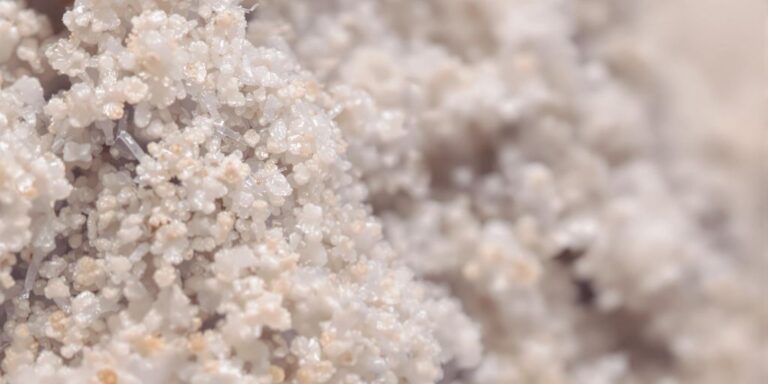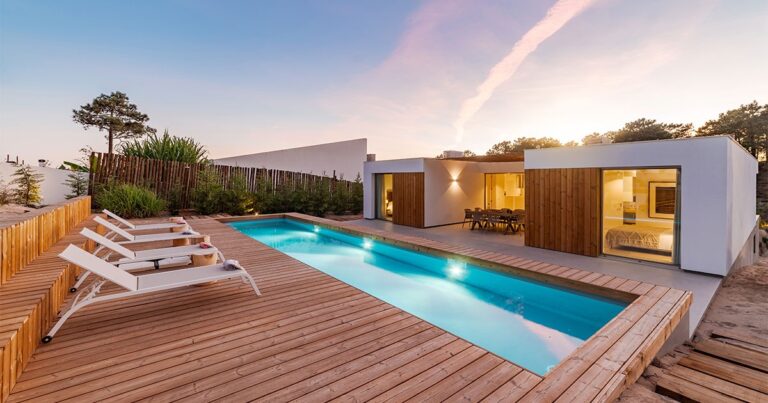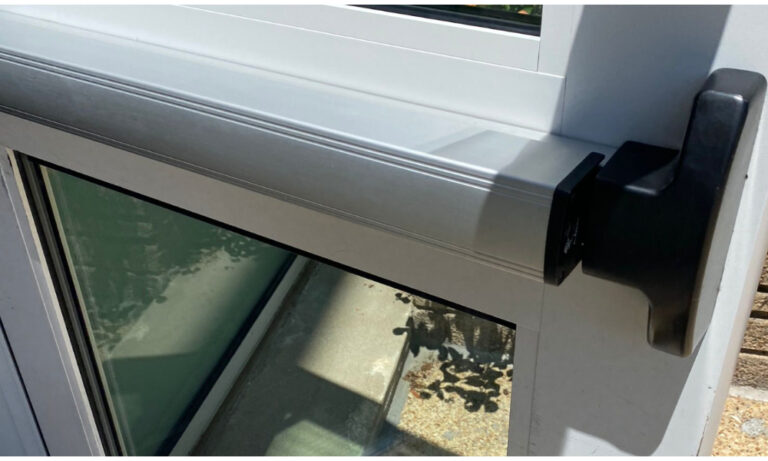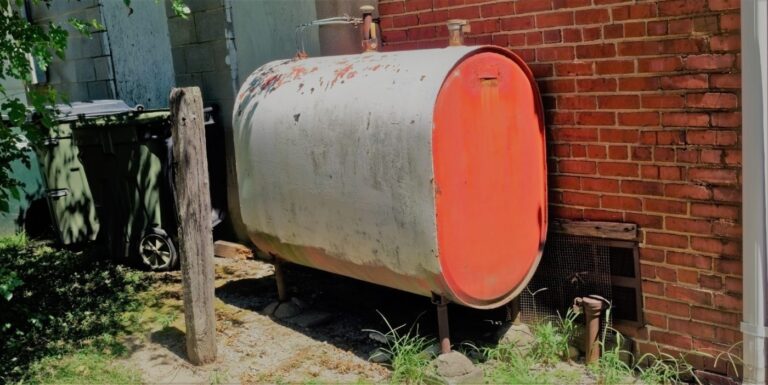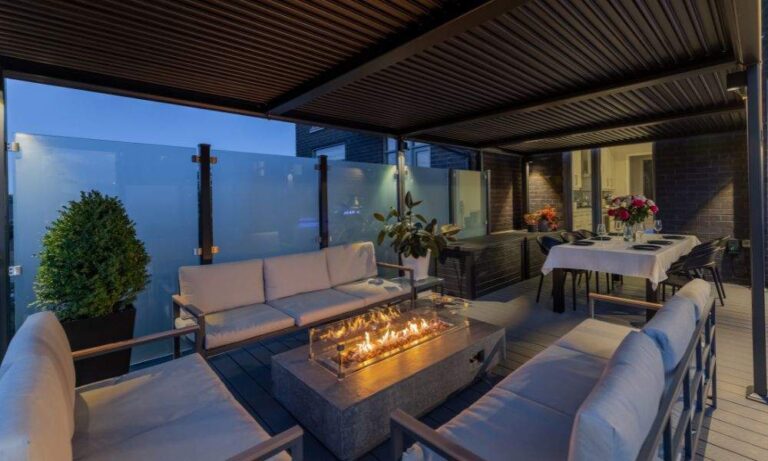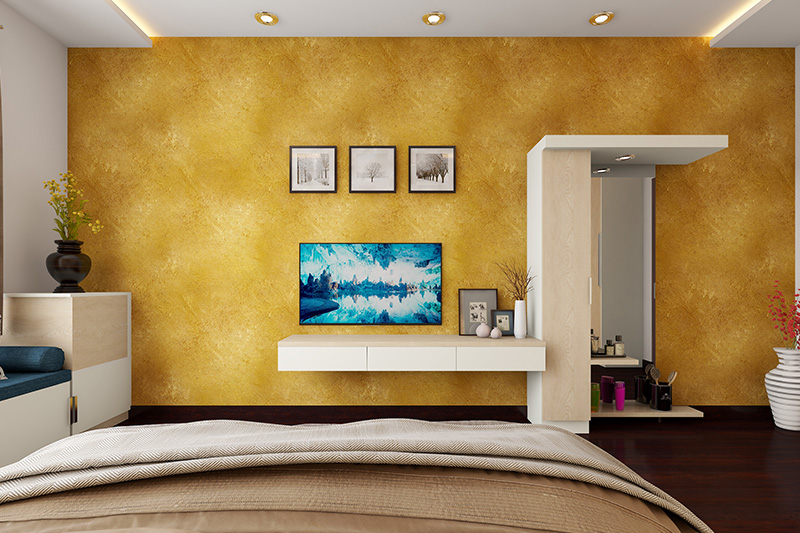
A new coat of paint is the best way to give a room a stylish makeover. However, consider using a decorative paint approach if you want to go above and beyond with your walls. There are many painting techniques you may consider, whether you want to add a flash of color or a subtle, textured finish to your interior walls. In this section, we’ll examine some of the most well-liked wall painting methods that will revitalize your house and give your interior walls a unique touch.
Color washing
This adaptable painting method has become increasingly popular lately, and it may help give your walls more depth and texture. It entails painting a base coat with a transparent layer on top such that the base color peeks through somewhat.
To have a better-blended consistency, experts frequently advise diluting the paint with water and applying layers to intensify the color. The end effect will be a subtle, speckled appearance that is similar to watercolor paintings. This is the perfect technique for creating a laid-back, rustic vibe in your house.
Gold leafing or gliding
Gliding or gold leafing is a great choice for anyone looking to give their walls a little more luxury. It is often used to draw attention to architectural elements in quaint country homes and historic residences. This age-old technique involves carefully putting small sheets of gold leaf on the wall’s surface to create a metallic effect.
Although gold leafing can lend a sophisticated touch, it’s a complicated procedure. Seeking professional interior house painting support is recommended for optimal outcomes and a stress-free experience.
Ombre painting
The word “ombre,” comes from the French word for “shaded.” It refers to a painting style in which several colors blend to create a gradient appearance that smoothly moves from light to dark or the other way around. Ombre interior house painting is an eye-catching focal feature that gives a room depth and visual appeal.
For optimal application, experts advise working in tiny parts to provide uniformity over the gradient. Occasionally, take a step back to evaluate the overall effect and make any required changes to attain the gradient intensity that you want.
Partial paint
Consider painting only the top or bottom half of the wall rather than the full surface in a single color. Half-painted walls are a contemporary take on traditional painting that produces a visually arresting contrast. Don’t be scared to experiment with different paint finishes and color combinations to get the look you want.
Decoupage
This easy-to-make art style entails decorating with paint and bits of paper or fabric using a water-based sealant. To prevent wrinkles, you should apply the gel medium, set your pieces on the wet surface, and allow it to dry well before adding the final layer. Then, put a glossy or matte finish on top.
Strié
The strié technique, named after the French terms for “stripe” or “streak,” adds subtle texture and dimension to walls by creating thin, vertical stripes. Use a dry brush or specialized stripping tool to draw the wall vertically to create the striated effect. Strié walls are ideal for formal living areas since they lend a sense of refinement to any space without requiring wallpaper.
Conclusion
Creating these painting techniques can be challenging, which is why it is important to engage experienced painters.



